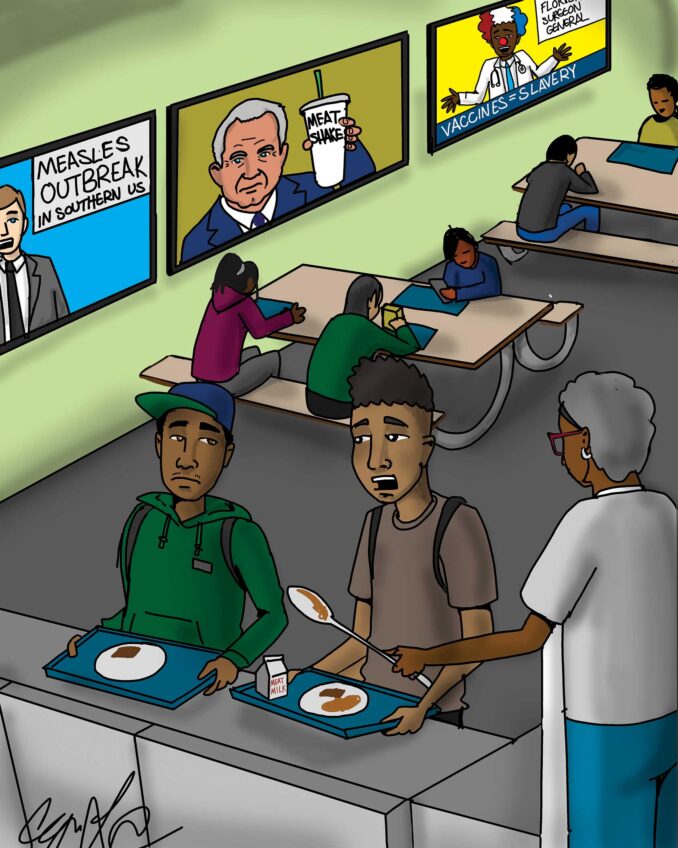Despite the rate of inflation slowing from last year’s 40-year high, elevated household costs still plague most families. Findings from recent reports from the Consumer Financial Protection Bureau (CFPB) and the New York Federal Reserve help illuminate the top financial concerns of consumers.
Congress requires the CFPB to monitor and regularly publish reports on key credit issues. One such report is an annual compilation and analysis of the concerns consumers bring to its attention. Known as the CFBP’s Consumer Response Annual Report, the 2022 edition shares that nearly two million consumers from every state as well as American territories like Puerto Rico and the Virgin Islands filed complaints last year.
Regardless of how complaints are filed — website, by telephone, or mail — each is monitored to assess compliance with consumer laws and risks in the marketplace. The agency allows up to 60 days from the date they receive complaints to provide a final response to the CFPB and the consumer. Last year, more complaints, per capita, came from Georgia than any other state, followed by Delaware, Florida and the District of Columbia.
Nearly 95% of these complaints in 2022 were about credit or consumer reporting; debt collection, credit card, checking or savings account; and mortgages. .
For example, 76% of last year’s complaints were about the three national credit reporting bureaus: Equifax, Experian and TransUnion. More than half of 2022 complaints in this category came from consumers under the age of 62, reflecting the importance of credit bureaus’ role in determining which consumers can access affordable credit to buy a home, secure auto financing, or obtain a credit card.
According to the CFPB’s report, “Consumers also sometimes reported that they met the disclosed terms of credit card reward offers, but the rewards were not given. Some consumers said they applied for credit cards that included account opening bonuses, but the reward bonuses were not issued. Other consumers reported that they lost accrued awards when their credit cards were closed.”
But the CFPB found credit repair questions had the greatest percentage of growth last year — up 94% from 2021.
“Consumers often expressed dissatisfaction with the benefits they received from credit repair companies, often stating that the cost of the services offered was not worth the benefits provided,” states the CFBP. “In their responses, companies sometimes stated that they were unable to guarantee specific results.” By contrast, debt collection concerns, a long-time leader in consumer complaints, dropped five percent to the second-highest complaint area with 115,900 requests. Despite the decrease in number of debt collection complaints, the leading reason remains the same since 2013: consumers being hounded for debts they do not owe.
To be clear, though, a growing number of consumers are still struggling with debt. The New York Federal Reserve’s 2022 Quarterly Report on Household Debt and Credit noted that credit card balances increased $61 billion in the fourth quarter to $986 billion, surpassing the pre-pandemic high of $927 billion. Additionally, auto loan balances increased by $28 billion in the fourth quarter, consistent with the upward trajectory seen since 2011. And student loan balances now stand at $1.6 trillion, up by $21 billion from the previous quarter.
“Credit card balances grew robustly in the fourth quarter, while mortgage and auto loan balances grew at a more moderate pace, reflecting activity consistent with pre-pandemic levels,” said Wilbert van der Klaauw, economic research advisor at the New York Fed. “Although historically low unemployment has kept consumer’s financial footing generally strong, stubbornly high prices and climbing interest rates may be testing some borrowers’ ability to repay their debts.”
A related blog by the Fed showed that an increasing number of younger borrowers are beginning to miss some credit card and auto loan payments.
“As interest rates rise, so does the cost of borrowing, and higher interest rates result in higher minimum monthly payments for credit card balances. On the other hand, most auto loans are fixed rate loans, so only auto loans taken out more recently faced these higher rates. This difference between credit card debt (variable rates) and auto loans (fixed rate) is consistent with the pattern of delinquencies rising faster for credit cards than for auto loans and may be evidence of higher interest rates driving some of the increase in delinquency.”
After acknowledging the effects of rising inflation, the Fed’s blog raised questions about the long-term effects of these and other financial stress points.
Charlene Crowell is a senior fellow with the Center for Responsible Lending.






